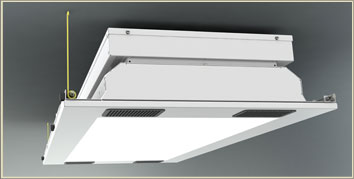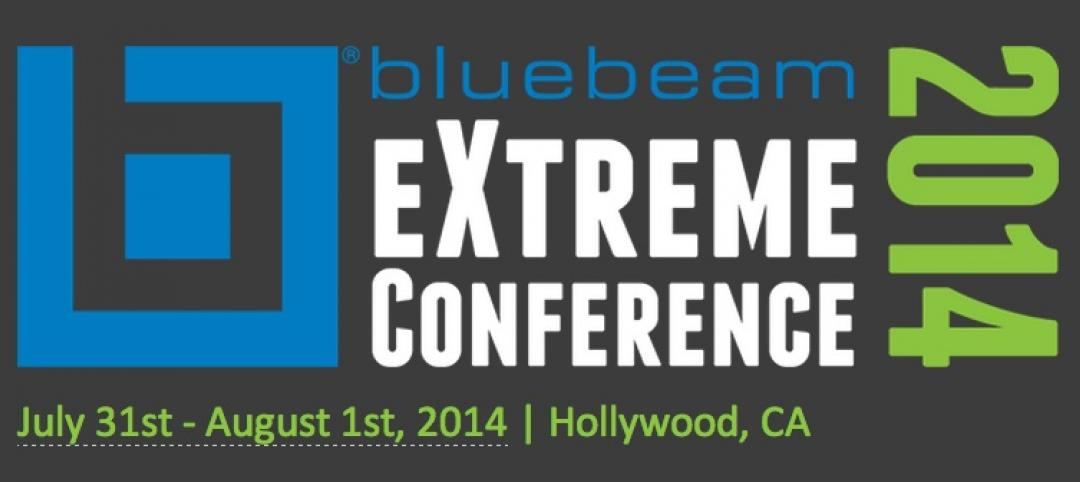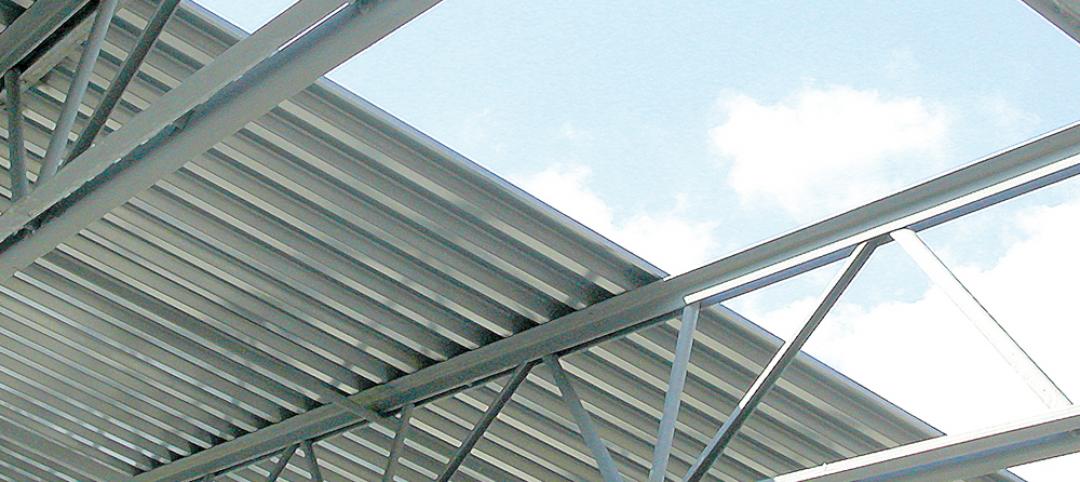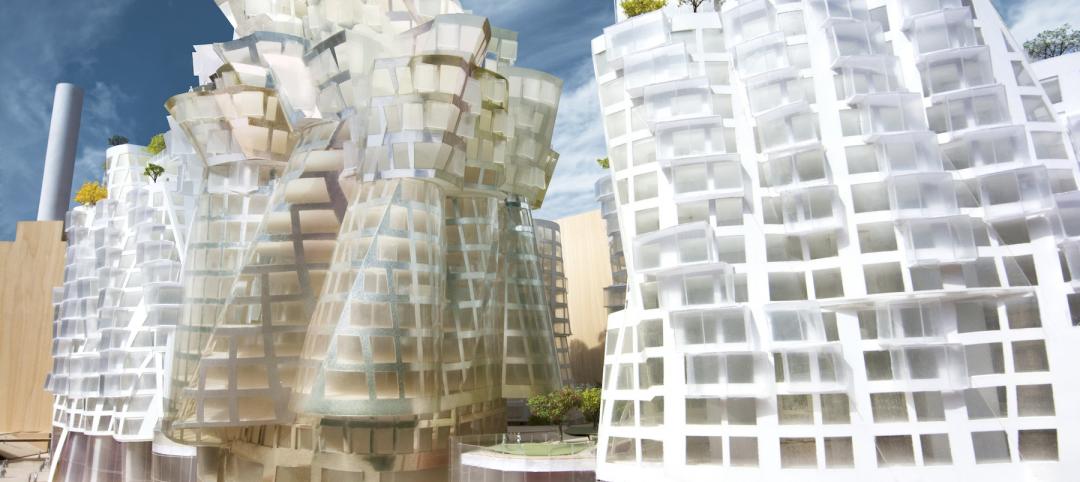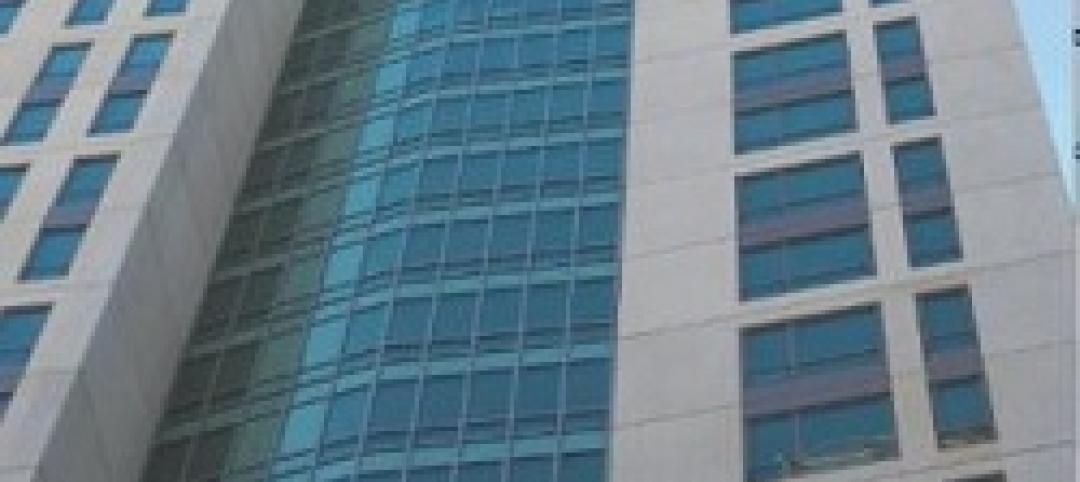Designed specifically for hospitals, nursing homes, child care centers, and other healthcare facilities where infection control is a concern, the Arcalux Health Risk Management System (HRMS) is an energy-efficient lighting fixture that doubles as a germ-killing machine.
The fixture incorporates air circulation modules, a filter, and an ultraviolet germicidal irradiation module that together pull in surrounding indoor air and eliminate up to 99% of pathogens in a single pass. The system uses differential pressure and directional airflow to isolate and kill contaminants in the fixture. It's installed in the existing electrical infrastructure with no structural, HVAC, or duct modifications.
The patented device could save lives and healthcare institutions dollars by destroying disease-causing pathogens from air and reducing hospital-acquired infections (HAI). The Centers for Disease Control estimates that $45 billion is added to the annual healthcare costs to treat HAIs. They are the fourth major cause of death with an estimated 1.7 million patients contracting an HAI, resulting in 99,000 deaths each year.
American Green Technology, Inc. (AGT) announced at Lightfair last week that it has signed a licensing agreement with Arcalux Corporation to manufacture, market, and sell Arcalux HRMS and other products from the company, through AGT's agents.
"We're excited about introducing this new product," said Danny Bogar, chief executive office of AGT. "Virtually every day you read a story about how people are dying from airborne pathogens in hospitals - a place where you normally go to regain good health. The Arcalux product addresses these health concerns."
Related Stories
| Apr 11, 2014
Start your engines: Ferrari plans to build first ever hotel
Clad in the carmaker's signature "Ferrari red," the hotel will resemble the grill and hood of one of its iconic cars.
| Apr 10, 2014
Collegiate sports becoming greener: Survey
A survey conducted from May through June 2013 by the University of Arizona Office of Sustainability and published by the Natural Resources Defense Council (NRDC)* finds that more collegiate athletic teams are adopting green and sustainable practices in operation of their sports facilities.
| Apr 10, 2014
Submit Your Project for a Bluebeam eXtreme Award!
Bluebeam is holding the second annual Bluebeam eXtreme Awards at the 2014 Bluebeam eXtreme Conference in Hollywood, Calf.
| Apr 9, 2014
How patient-centered medical homes can help healthcare providers and patients
Beyond reducing the number of uninsured Americans, the Affordable Care Act is driving new types of healthcare facilities, especially patient-centered medical homes.
| Apr 9, 2014
Colossal aquarium in China sets five Guinness World Records
With its seven salt and fresh water aquariums, totaling 12.87 million gallons, the Chimelong Ocean Kingdom theme park is considered the world’s largest aquarium.
| Apr 9, 2014
Gregory Hodkinson appointed head of Arup Group
Hodkinson has spent his professional career at Arup and brings more than 40 years' experience in large-scale projects to the new role, including several in the US and Canada.
| Apr 9, 2014
5 important trends shaping today’s hotel construction market
AEC firms, developers, and investors worldwide are bullish on hotels. Our hospitality Giants share what’s new in this fast-morphing sector.
| Apr 9, 2014
Steel decks: 11 tips for their proper use | BD+C
Building Teams have been using steel decks with proven success for 75 years. Building Design+Construction consulted with technical experts from the Steel Deck Institute and the deck manufacturing industry for their advice on how best to use steel decking.
| Apr 8, 2014
Gehry, Foster unveil plans for Battersea Power Station redevelopment [slideshow]
Phase 3 of the massive redevelopment of the London landmark will include more than 1,300 residential units, a 160-room hotel, and 350,000 sf of retail space.
| Apr 8, 2014
Fire resistive curtain wall helps The Kensington meet property line requirements
The majority of fire rated glazing applications occur inside a building to allow occupants to exit the building safely or provide an area of refuge during a fire. But what happens when the threat of fire comes from the outside? This was the case for The Kensington, a mixed-use residential building in Boston.


